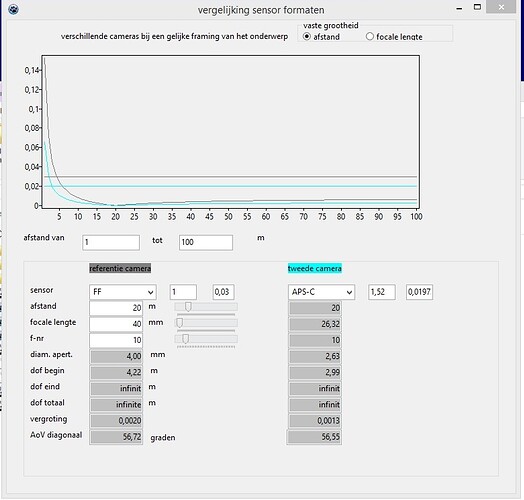Speaking now, with what I’m doing now, there are so many things I would do differently, and will in the future when possible:
a) I didn’t deliberately use f/22 - that’s because I was testing for sensor dirt, and set the camera to f/22 to check, and “forgot” to check before taking this photo. All things being equal, I prefer f/8 unless there is a good reason to use something else. I guess f/10 is even better, although I don’t know that I could see the difference.
b) I bought the older 80-200 because of price, knowing it didn’t have the built-in motor. KEH gave me an affordable price. I think it will cost me $1200 or so for the newer model of this lens, which I don’t really use all that often. Maybe instead of buying the Voigtlander lens for my M10 for around $1,000, I should have bought a new 80-200-s lens, with motor. Spilt milk, it doesn’t matter any more, too late. But between spending a few hundred dollars for the tripod, and around $700 for the new Wolf oven, and a few hundred dollars on getting my new (free, but damaged) iPad set up, I need to slow down, or sell some things.
c) Tripods - I’m sure that’s where I messed up my photo, as I raised the camera to eye level. As Wolfgang said, I was turning it into a monopod, free to wobble all over. Never again. I may have a right-angle viewfinder for the D750 - if so, I will use that next time, and on my new tripod. Not sure what I’ll do with my old tripod, maybe give it away.
d) Fotoguido - your changes to my image make it seem even sharper than my version, which I thought was already sharp. I guess not. One question - how did you know to correct the horizon by -.5 ?? Don’t be sorry, I want it perfect, but judging by my eyes obviously wasn’t good enough. What part of the image did you use, and how did you adjust it so perfectly? It looks now as good as had Joanna taken and posted it. Or put another way, it looks like the type of image I used to dream of being able to make. It looks better than anything I can do. Yikes, but I did take it… this forum must be contagious!
e) I’ve ordered the remote release - should arrive today. With the D750, it will do auto-mirror-up, with a 2 second delay. One more issue solved.
f)
I need to create a written check-list that I can refer to, with all the variables I need to verify are set properly. I thought I could do this in my head, but obviously not. …starting with be sure the memory card is in the camera, and formatted, and that the battery is charged.
g)
I need to work on Selective Tone, maybe spend this afternoon on it, until I both know how to use it, AND so I understand it. I need both. Right now it’s as clear as mud in my mind. To me it’s some magical tool that improves picture quality, somehow. Suggestion to DxO, if I’m so confused about this, maybe others are too - why not get PhotoJoseph to make a Webinar about it? Apparently it’s something only available in PhotoLab, so it should be a wonderful selling point.
h)
Homework assignment - I need to read:
http://www.georgedouvos.com/depth-of-field-and-diffraction-and-high-resolution-sensors.html
and
https://imaging.nikon.com/support/digitutor/d750/functions/metering.html
Whew, that’s a lot. This feels like I’m back in school. …and that’s a GOOD thing!




